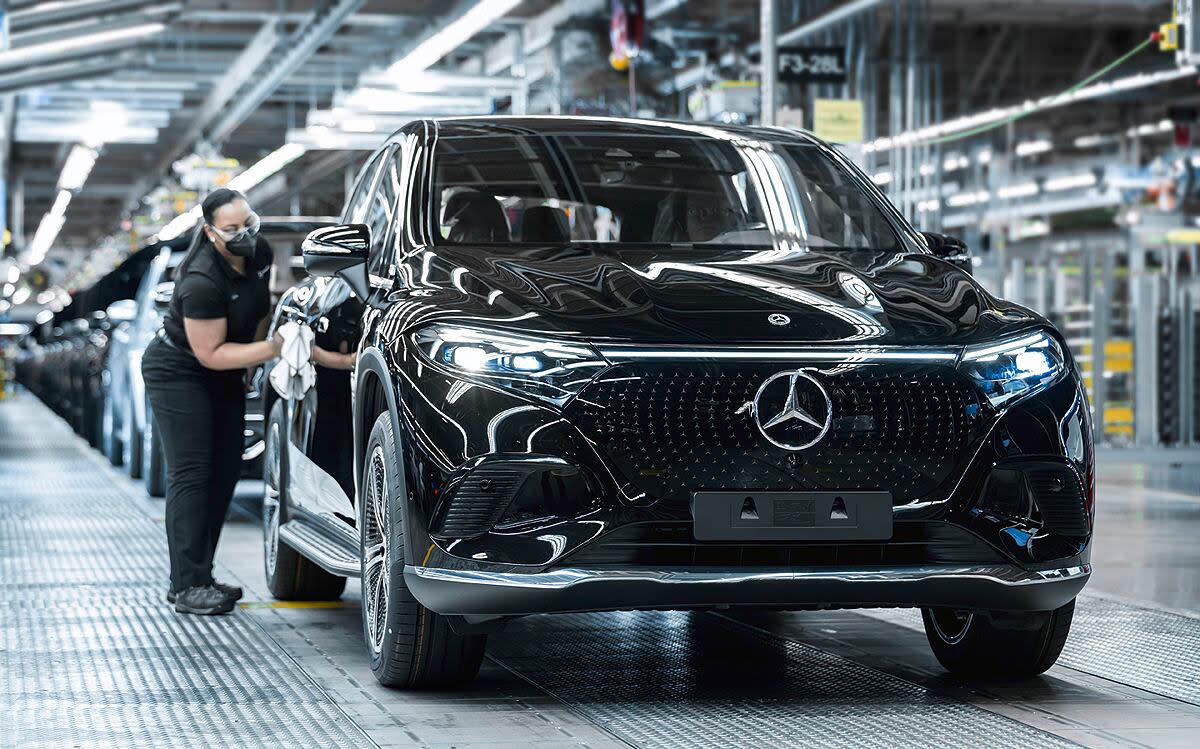
Mercedes-Benz has temporarily halted the order bank for its electric EQS and EQE sedan and utility vehicle models in the U.S.
On July 29, a Mercedes spokesperson attributed the decision to “current market conditions” and did not say when the automaker would resume taking orders.
The company told retailers in a July 31 memo that it would reopen the EV order banks Aug. 1, with deliveries planned in the fourth quarter.
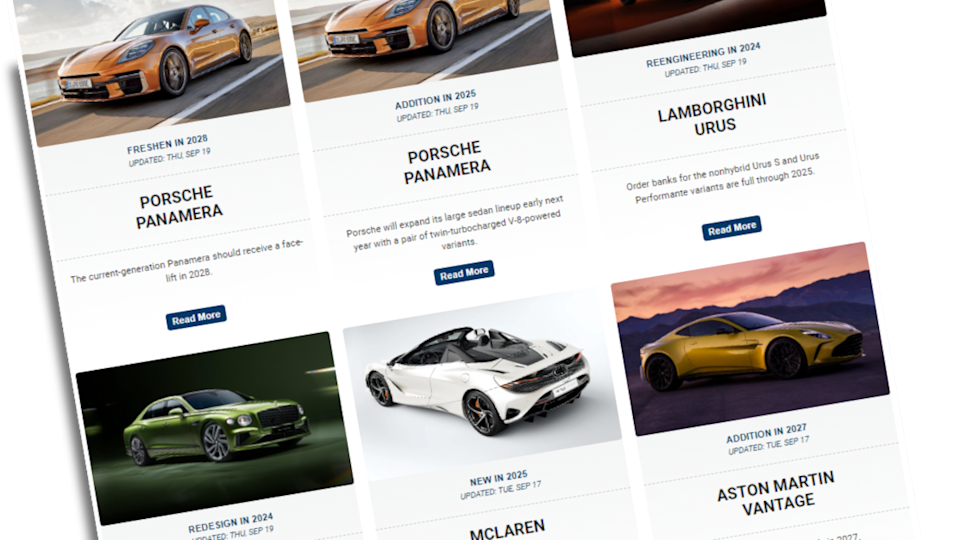
Mercedes-Benz future product
Find our what powertrains, redesigns and freshenings are planned for the next four years.
Brand future product timelines
Electric vehicle sales in the U.S. have softened in the past year and are expected to slow further after federal tax credits for new and used EVs end this fall.
Mercedes builds the EQS SUV and EQE crossover at its assembly plant in Vance, Ala.
Production of the EVs for the U.S. will stop Sept. 1, but Mercedes will continue to build the vehicles there for export alongside the gasoline-powered GLS SUV and GLE crossover.
Mercedes will slash EV production in Vance by nearly 55 percent between August and December, according to a person with knowledge of the plan. EV production is forecast to drop from 1,179 vehicles in August to 534 in December.
Currently, Mercedes builds about 60 EVs a day in Alabama, with 50 of those targeted for export, the person told Automotive News.
As part of the trade deal between the U.S and the European Union, Mercedes will benefit from tariff exemptions for the vehicles it exports from Vance, BI analyst Michael Dean said in a note.
The automaker exports about 60 percent of the vehicles it builds in Alabama.
Mercedes struggles with EVs in U.S.
Mercedes has struggled to find traction with EVs in the U.S. The brand’s EQ models have been derided for their bulbous designs and premium sticker prices.
According to Automotive News Research & Data Center estimates, wholesale shipments of the EQS SUV declined 32 percent in the first half of this year to 2,318. Deliveries of the EQE crossover tumbled 35 percent to 4,676.
Mercedes has resorted to steep discounts to move its electric models.
According to Edmunds, the automaker discounted the EQE sedan by 18 percent in the second quarter and the EQS sedan by 15 percent.
Even so, it took dealers an average of 113 days to turn their EQE sedan inventory and 87 days to move the EQS sedan. Mercedes vehicles overall averaged 72 days to turn in the second quarter.
Ivan Drury, director of insights for Edmunds, said using deep discounts to move the EVs faster is not sustainable.
“Not only does it highlight a pricing issue, but the negative halo followed by depressed future residuals reflects poorly on brand perception,” Drury said. “Focusing production capacity on ICE crossovers that U.S. consumers are more willing to pay for is a logical conclusion.”
Send us a letter to the editor
Have an opinion about this story? Tell us about it and we may publish it in print. Click here to submit a letter to the editor.
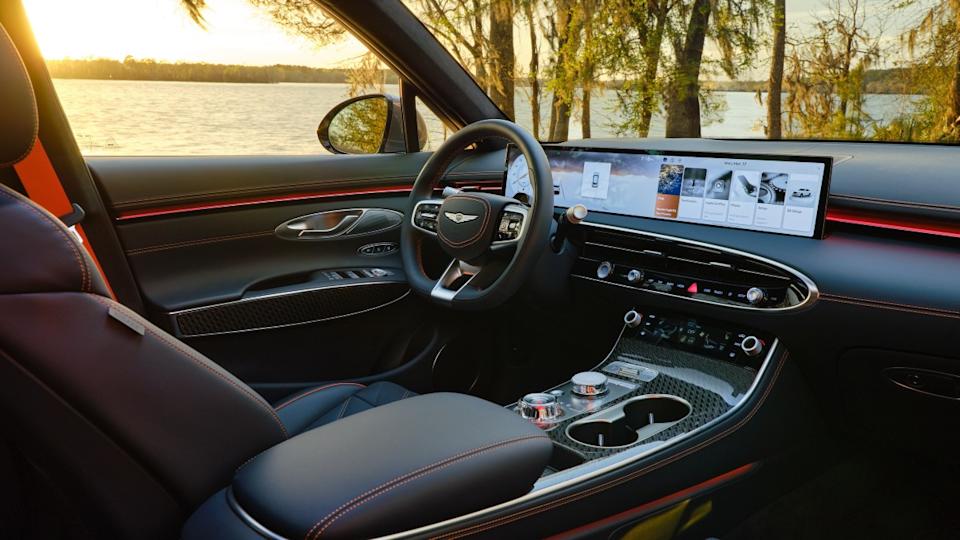
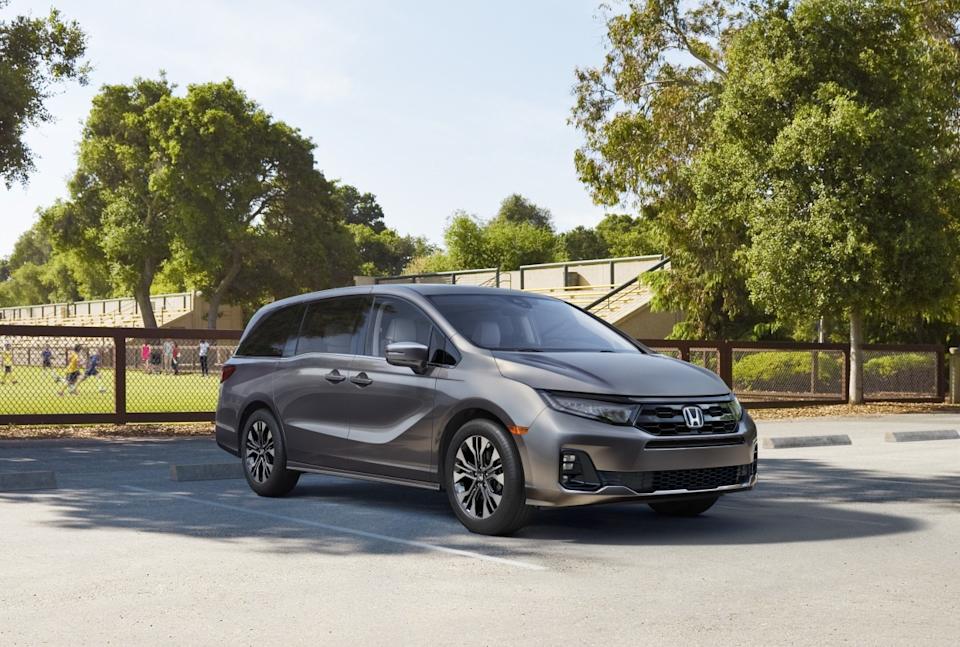
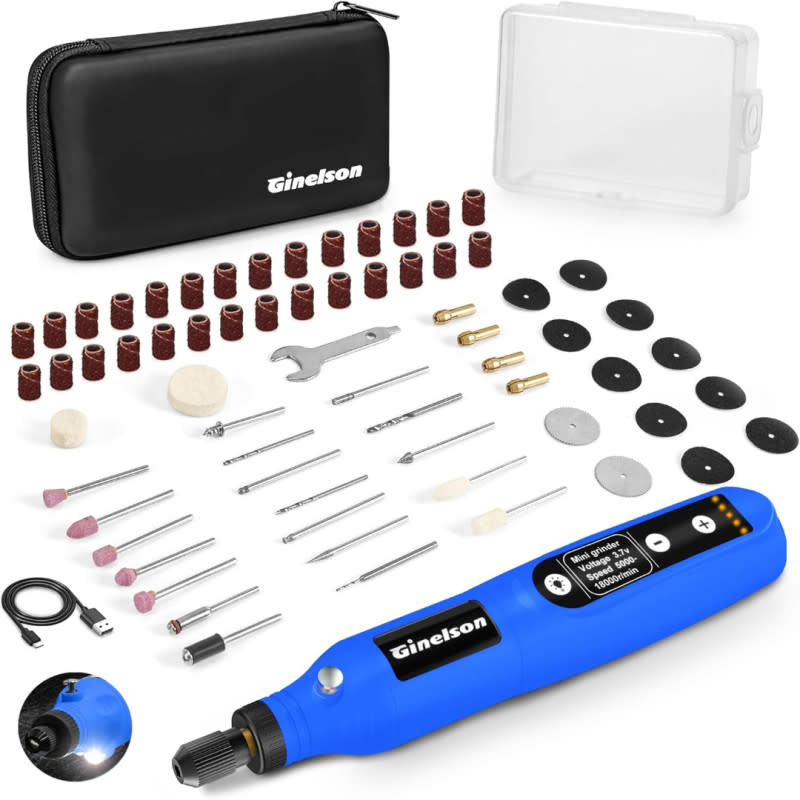


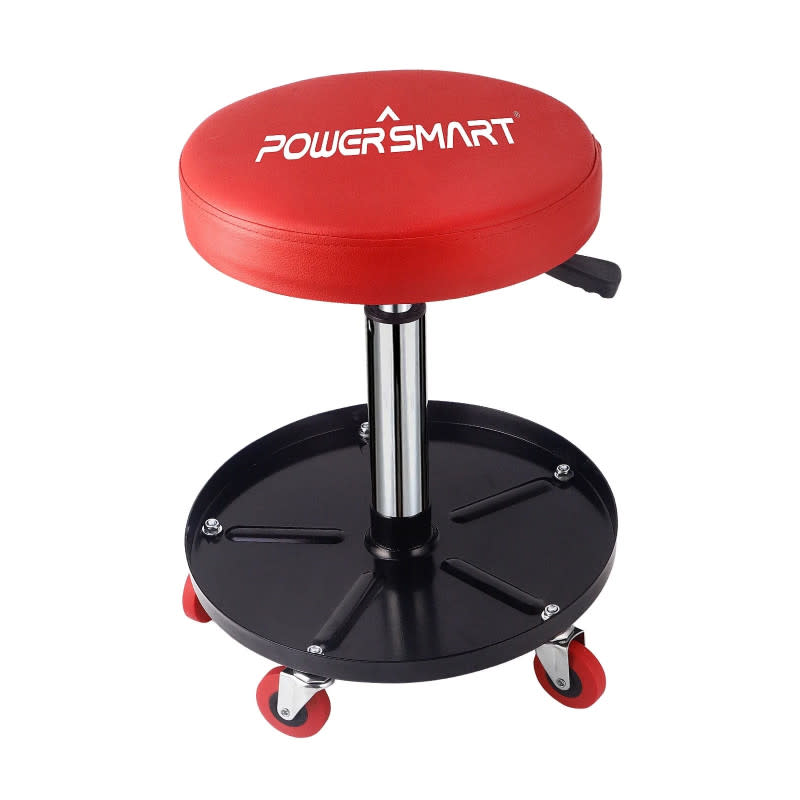

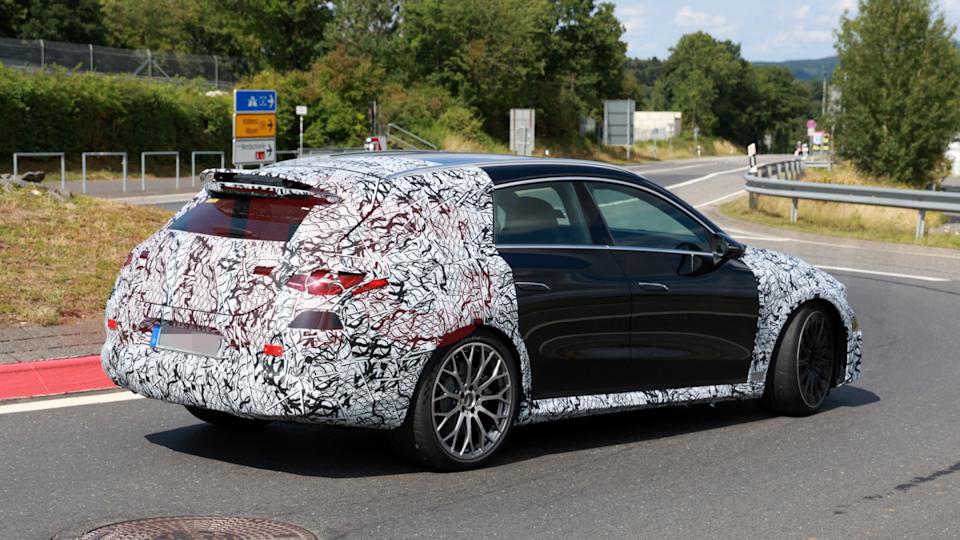
Comments